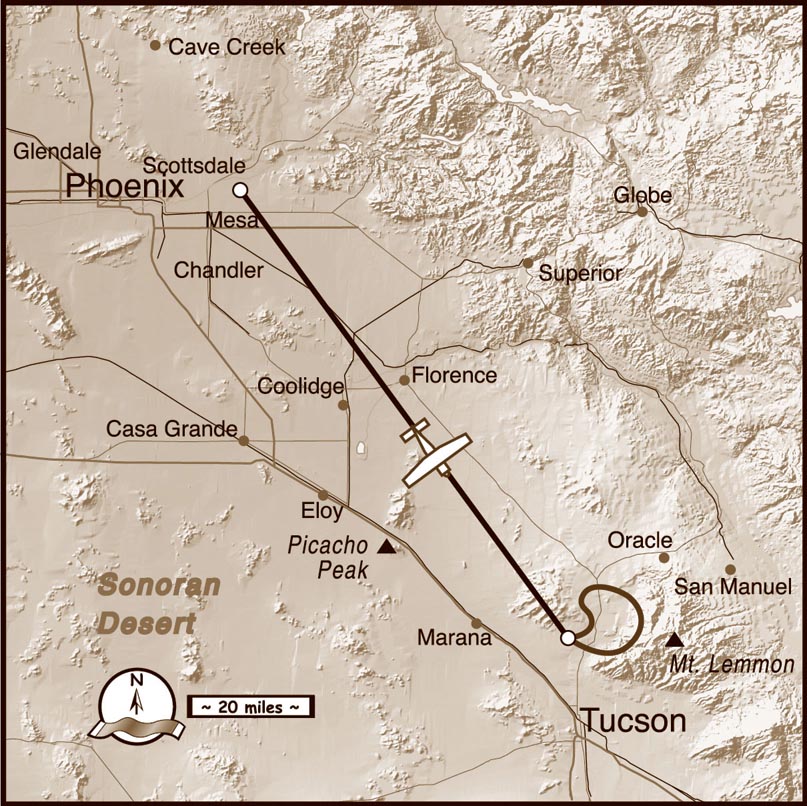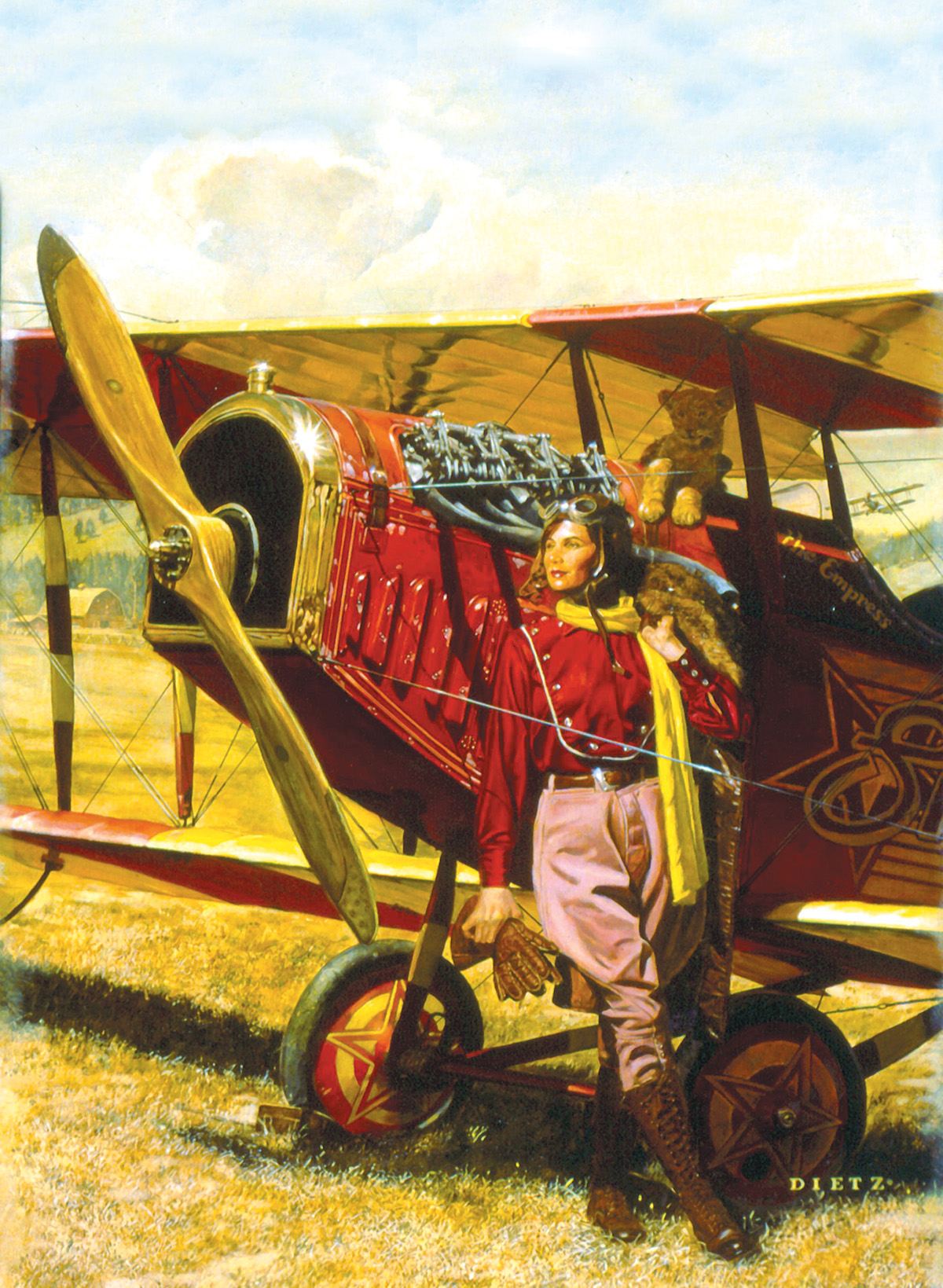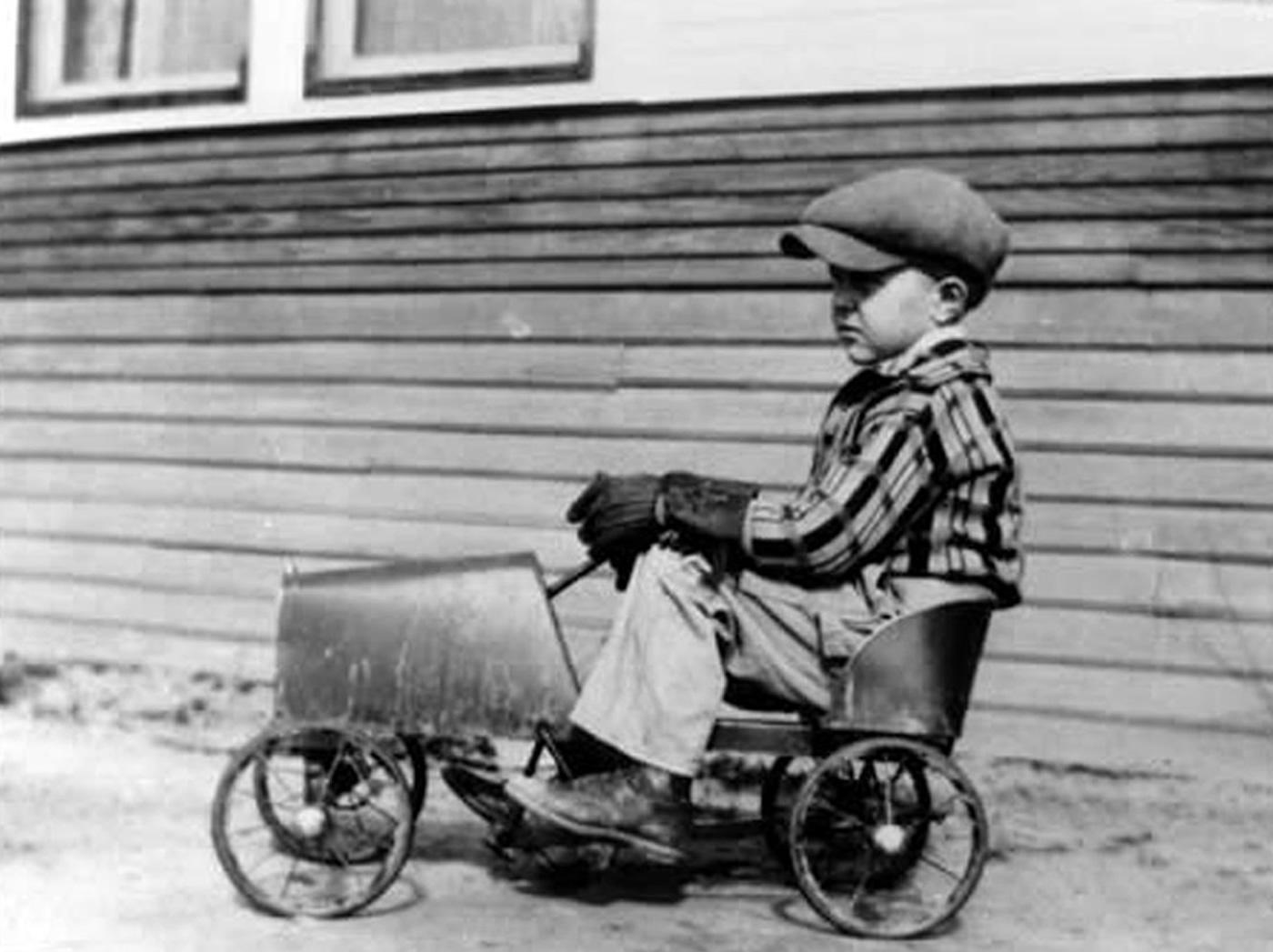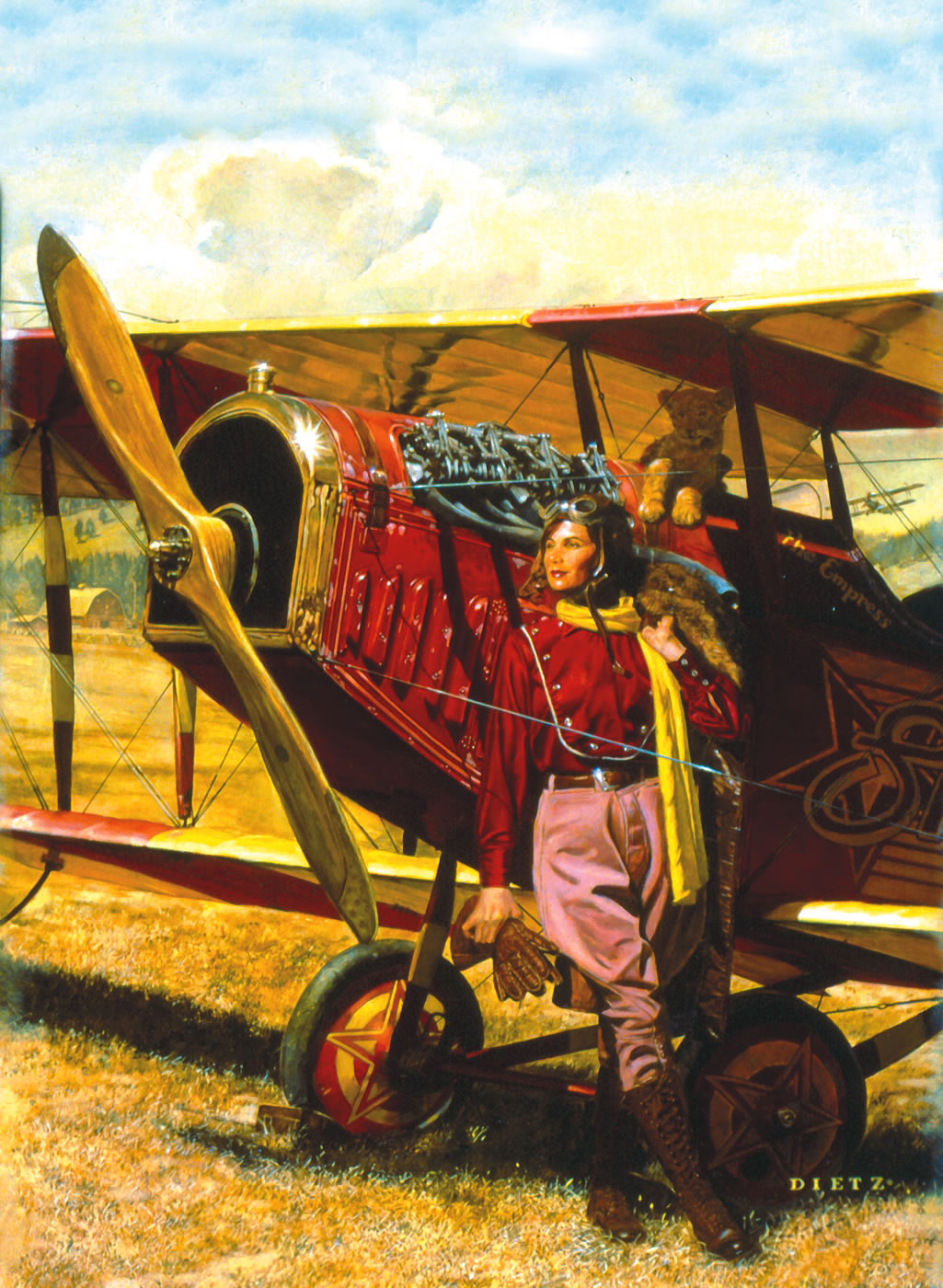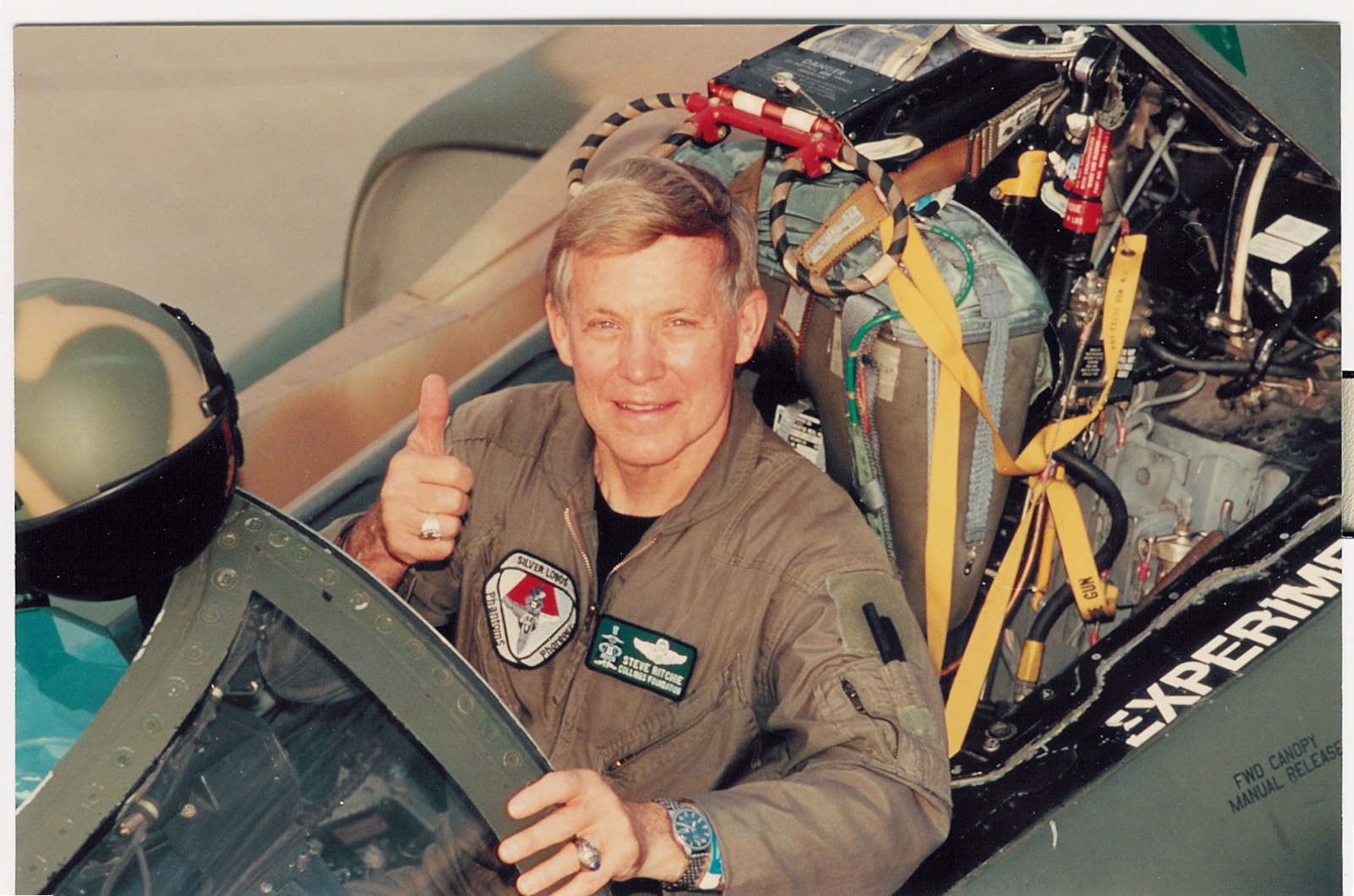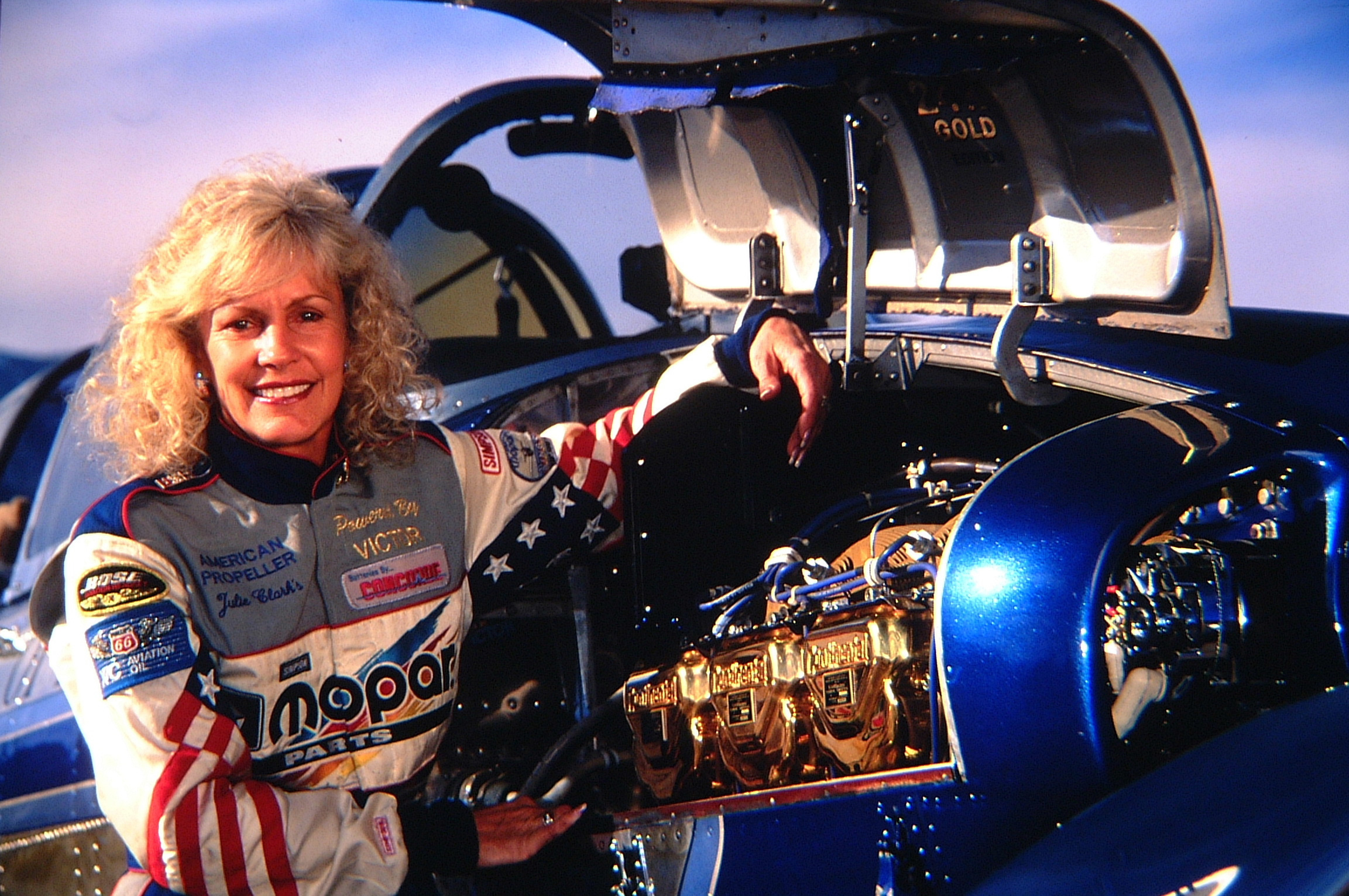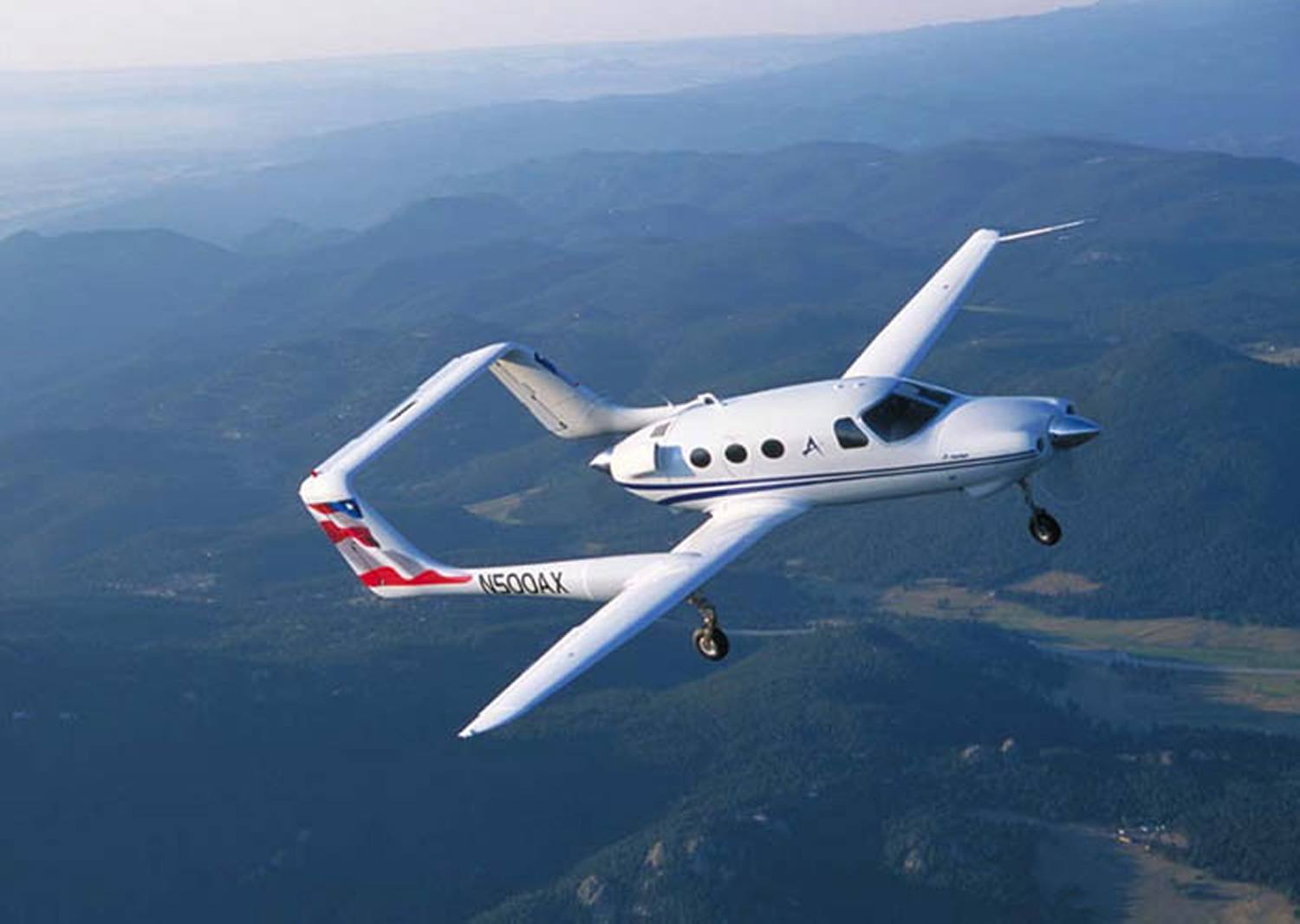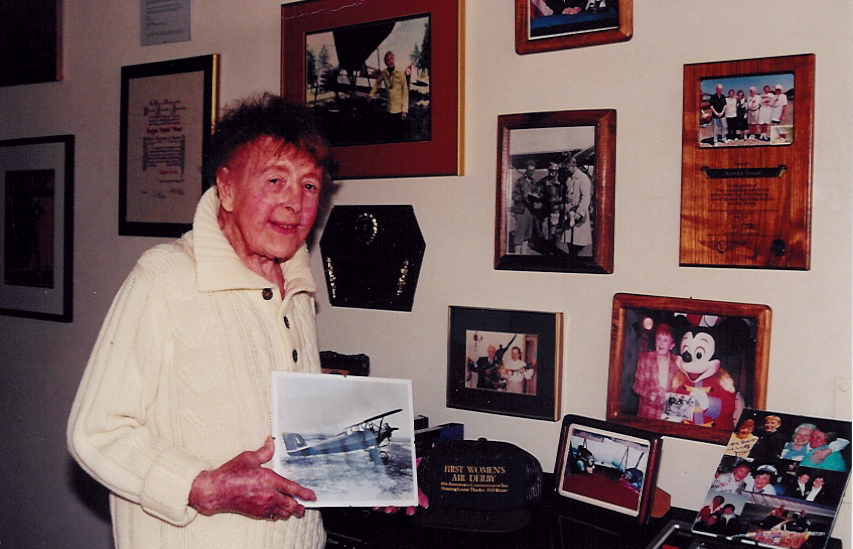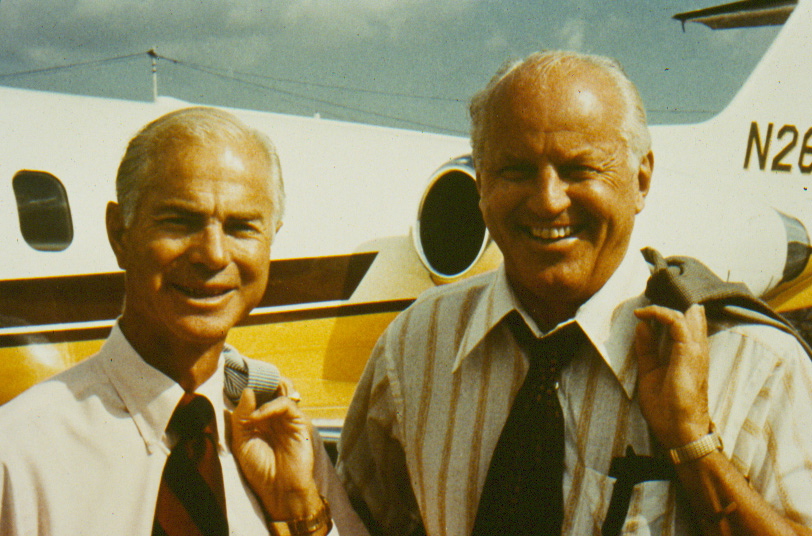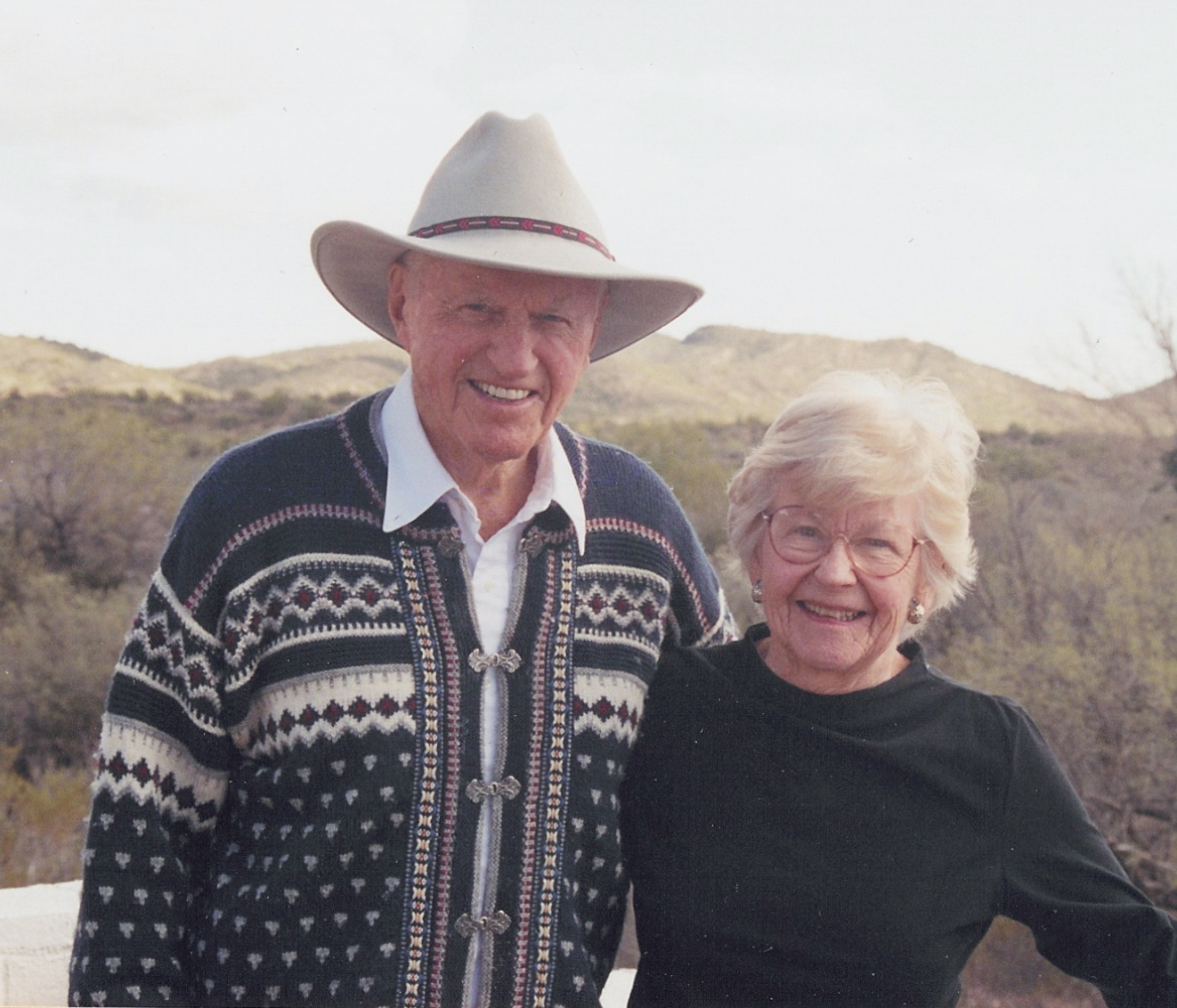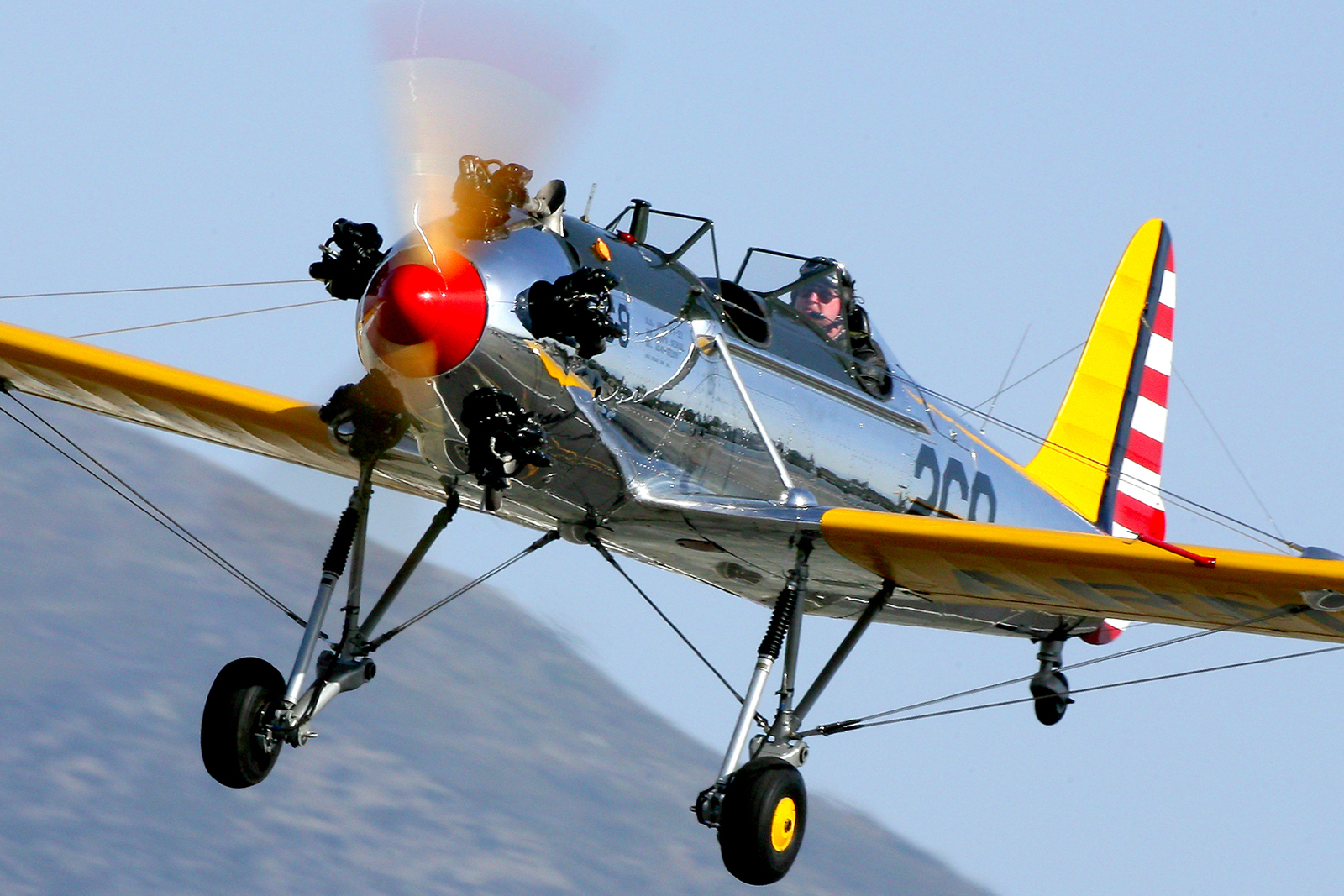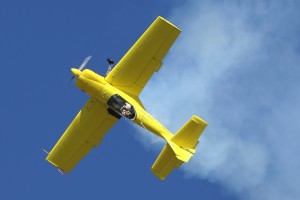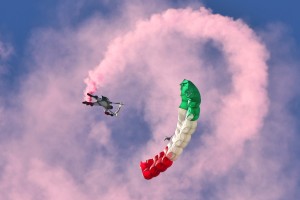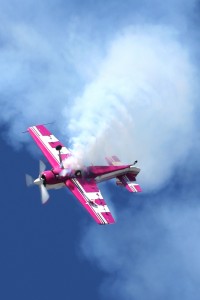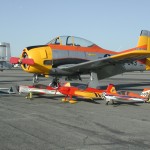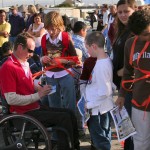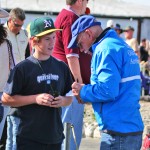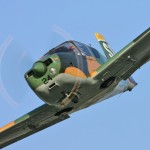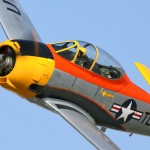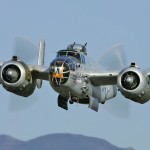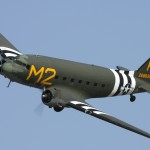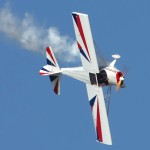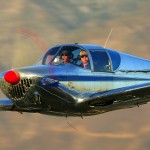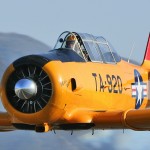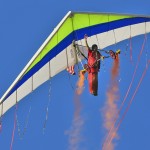By Larry W. Bledsoe
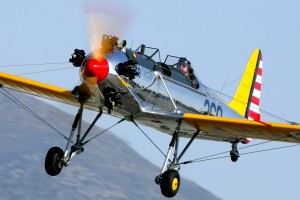
The Commemorative Air Force Inland Empire Wing’s 1941 Ryan PT-22 Recruit makes a low pass over the field.
For the past 32 years, Cable Airport (CCB), located in Upland, Calif., has hosted an air show the first weekend in January. It doesn’t boast the largest air show crowd, but it features plenty of top-notch performers. This year’s show, held Jan. 6-7, included performers Rob Harrison (the “Tumbling Bear”) and Dr. Frank Donnelly and his “Old Time Aerobatics.”
As the sun breaks on the horizon, workers and visitors are treated to a beautiful display of constantly changing clouds, from dark red, to orange, to gold, and finally, to white. This weekend, while other airports in the Inland Empire are plagued with Santa Ana winds, Cable Airport—the world’s largest family-owned, public-use airport—nestled next to the mountains, is relatively calm.
True air show enthusiasts arrive when the light breaks on the eastern horizon. Vendors start the arduous task of setting up. The sun rises and the airfield slowly comes to life. Coordinators show vendors their assigned spots and make sure the volunteers are in place to direct traffic to parking areas.
The FAA has set up a temporary control tower for the show and prepares to direct the day’s air traffic. This weekend, the normally uncontrolled field will be under its watchful eyes.
Maniac Mike’s Cafe is ready for the crowd. Tables have been set up outside for a pancake breakfast, provided in addition to the restaurant’s normal fare.
Local pilots, who will be giving rides or doing flybys for the air show, take their birds up to work out the kinks and make high-speed passes down the runway before the FAA closes down the field. The crowds trickle in slowly, then in a steady stream, as the show’s kickoff time approaches. Shortly before 10 a.m., announcer Steve Stavrakakis opens the show. At 10:00 on the nose, the Freedom Parachute Team is high above the field on their final jump pass. Heads turn skyward, watching as the parachutists descend. One jumper carries Old Glory as the national anthem plays over the loudspeakers. In the afternoon, when the morning’s aerobatic performances are repeated, the Just in Time Skydivers descend on the crowd. On Sunday afternoon, the Latin Skydivers do the same.
After the skydivers make spot landings in front of the crowd line, Rob Harrison, flying in his yellow Zlin 50LX, leads off both morning and afternoon aerobatic performances. Harrison has been entertaining air show crowds since 1993, and his 12-minute routine includes rarely-seen tumbles and gyrations.
Following Harrison is something not normally seen at air shows—radio-controlled scale model aircraft. Their sophistication has greatly improved in recent years; composite models have full controls, and jet models sport real jet engines. The Corona RC Club and the California RC Jet Club put their scale model aircraft through their routines, to the crowd’s delight.
Dr. Frank Donnelly takes his 1946 clipped-wing Taylorcraft through a series of loops, rolls and maneuvers reminiscent of the Duane Cole performances of the 1950s and 1960s. His finale is quite impressive; after climbing to altitude, he shuts off the engine and goes through a series of aerobatic maneuvers, before making a dead-stick landing and rolling to a stop in front of the cheering crowd. His timing is perfect.
Dan Buchanan awes the crowd with a pyrotechnic display. He wheels his hang glider in circles and dives, to stirring musical accompaniment. The performance concludes with a short landing on the hang glider’s two small wheels and leather skid pad. Then, he quickly moves from glider to wheelchair and rolls to the show line, to sign programs and talk with the children.
- Radio controlled model airplanes line up in front of a T-28.
- Inspirational Dan Buchanan spends time with fans.
- After each performance, Frank Donnelly signed autographs and talked with air show fans.
- Steve Stavrakakis, the air show announcer, buzzed the crowd while on the way home in his Romanian built IAR Sa Brasov 823, becoming part of the show.
- A beautifully restored North American T-28A Trojan, painted in the colors of the 1950s Air Force Test Pilot School at Edwards Air Force Base, gives the crowd a close look.
- The Pacific Princess, a 1943 North American B-25 Mitchell, mock-bombed the field. This plane has been in several movies, including “Catch 22” and “Pearl Harbor.”
- The Inland Empire Wing of the Commemorative Air Force made several flybys in their 1943 Douglas C-53D Skytrooper, a military version of the DC-3.
- Frank Donnelly and his 1946 Taylorcraft are giving old-time aerobatics new life. He flies his Taylorcraft slowly and gracefully, rather than performing modern aerobatic’s neck-wrenching tumbles.
- Jared Smith gives the crowd a great look at his beautifully restored, award-winning 1946 Globe Swift GC-1B.
- With smoke on, Mike O’Hearn’s North American T-6G Texan makes a pass straight down the center of the runway.
- Dan Buchanan twists and turns his hang glider through a series of maneuvers, while setting off an impressive pyrotechnic display. The paralyzed pilot has received the Special Achievement Award from the International Council of Air Shows.
Award-winning air show performer Doug Jardine puts his red and white Sukhoi 26 MX through its paces. Jardine competed in his first aerobatic competition in 1990 and has since won awards throughout the U.S. and Canada.
After the aerobatic performances, it’s flyby time for the Air Classics’ B-25 and T-28s and the Inland Empire Wing’s C-53 Skytrooper. Other vintage and homebuilt aircraft also do flybys, while on the ground, historical vehicles and show cars parade along the show line.
Between performances, the FAA clears the Pomona Valley Pilots Association’s Cessna 172s and 182s to give rides. Capt’n Nick of Capt’n Nick’s Vintage Biplane Rides also gives rides in his Waco.
After the announcer bids farewell, the crowds begin to thin out. Vendors close up, and the cleaning crew arrives. Planes continue to fly, some departing to home fields elsewhere, while others head out for photo ops and flybys.
Thanks to everyone involved for another fabulous Cable Airport Air Show!
